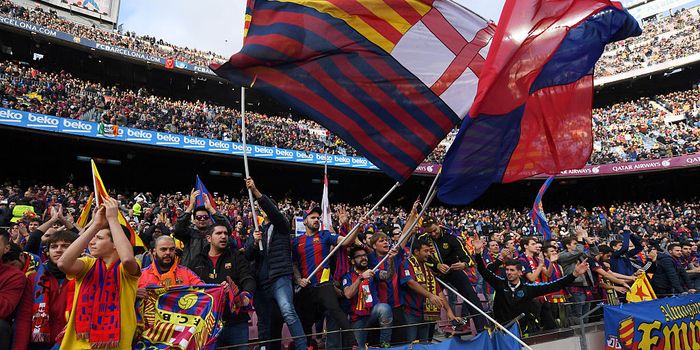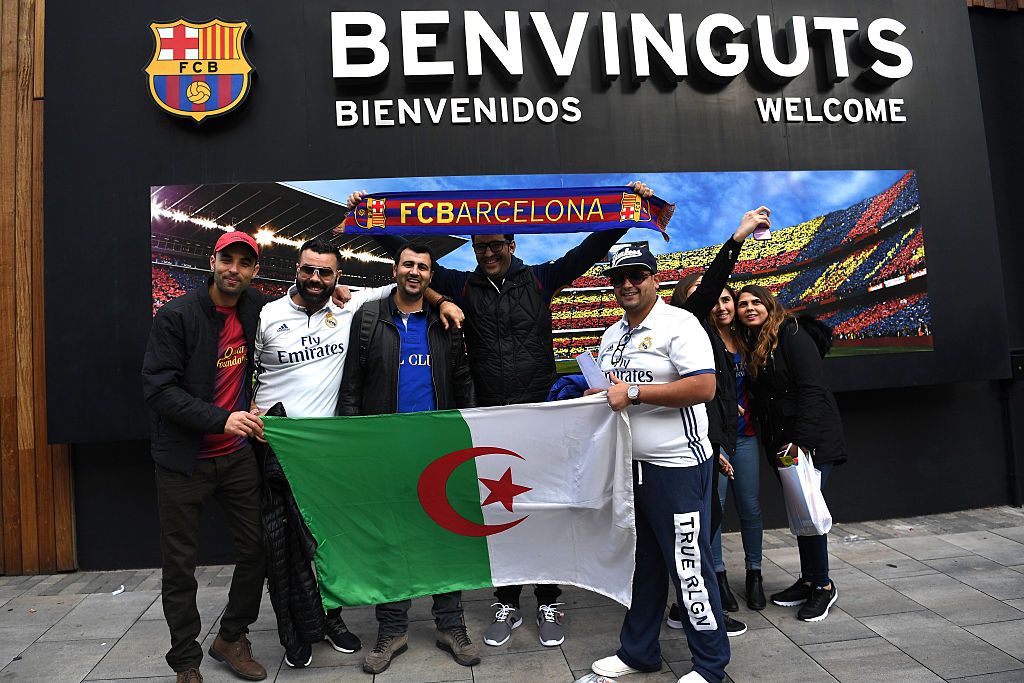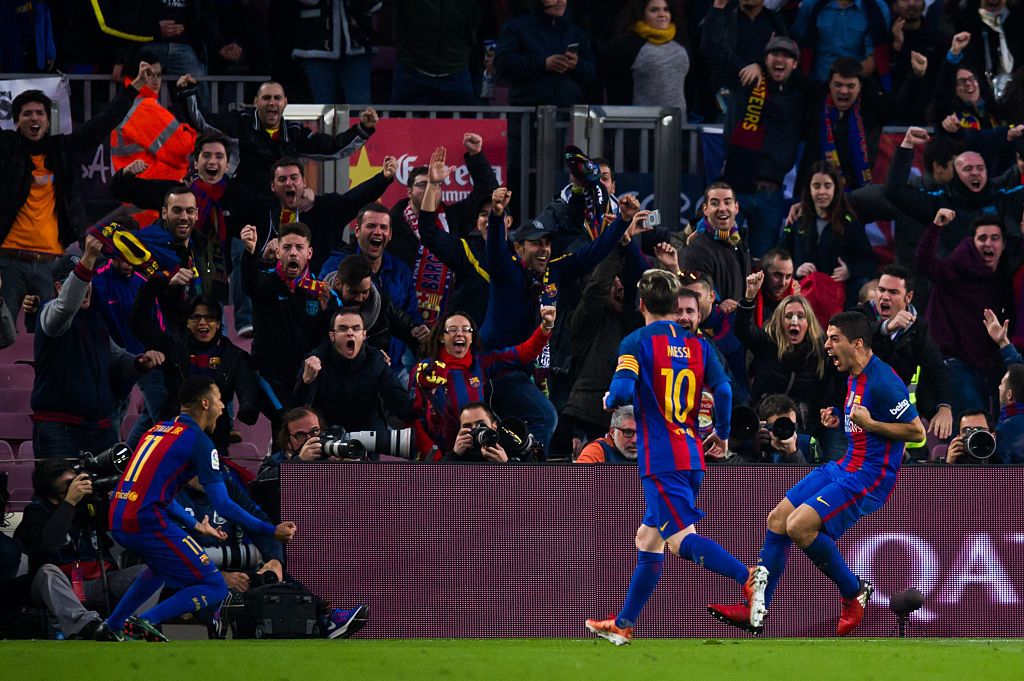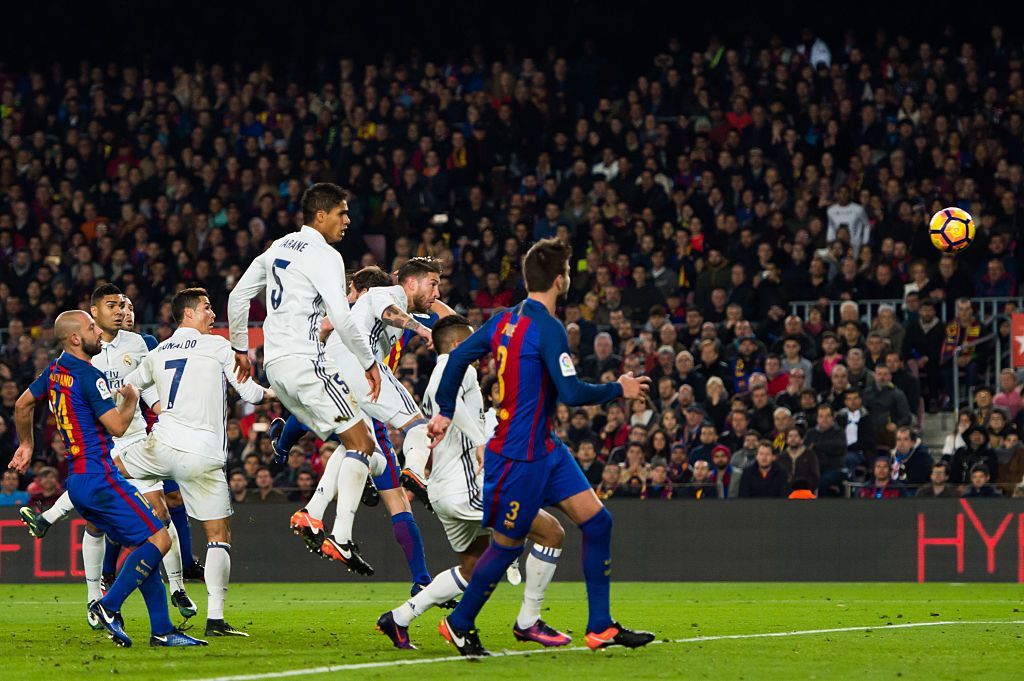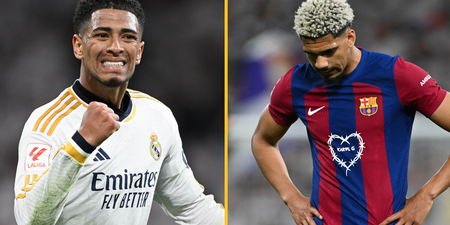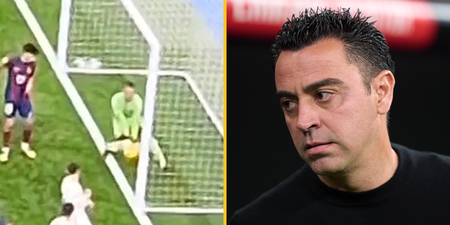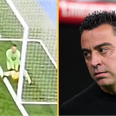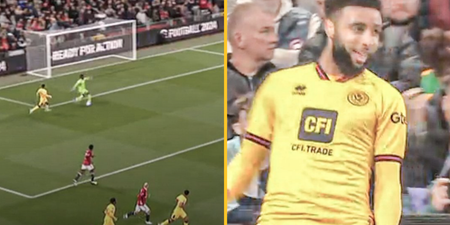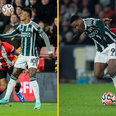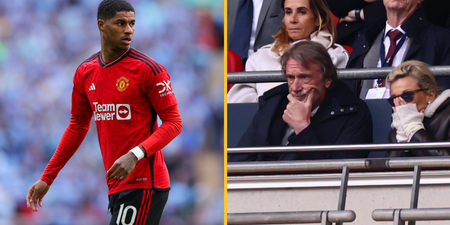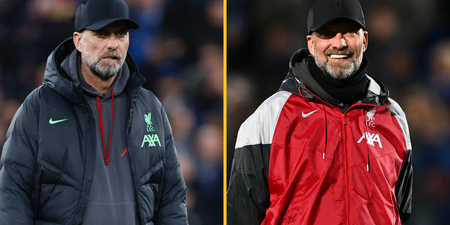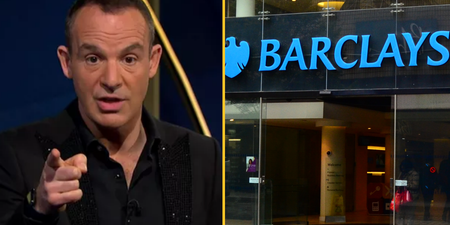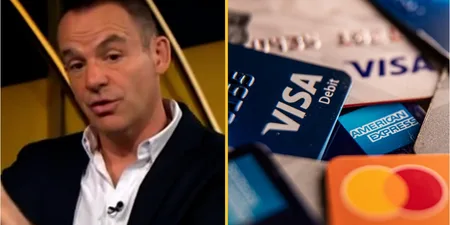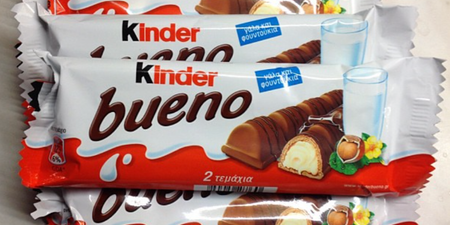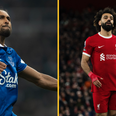El Clasico is Spanish football’s most emblematic occasion – a domestic game seen as the most important and prestigious in all of world football, with political and cultural aspects going way beyond the 90 minutes.
Two hours before Saturday’s 233rd official playing of the fixture the streets around the Camp Nou were full of Barca jerseys, many the recent change kit featuring the Catalan national colours.
It was far from clear however how much authentic local spirit there was among those heading towards the stadium. Passing the bar where Barca’s now banned Boixos Nois ultras used to drink were three middle aged blokes discussing Lionel Messi’s recent form in thick Yorkshire accents. One was wrapped in a red and yellow flag on which was printed, in English, the words ‘Catalonia is not Spain’.
The Clasico had been, as usual, deemed “high-risk” by the local authorities. This meant 4,000 ‘Mossos d’Esquadra’ local police were on duty, but there was no hint of trouble given very few Real Madrid supporters were attending. The officers standing around outside were mostly engaged in giving directions to lost looking fans who were clearly not from around here.
Clues as the nationalities of these fans came this week from ‘online resellers’ Ticketbis.com, whose research claimed that 72% of the exchanges of tickets via their system involved non-Spanish (or Catalan) nationals, with buyers holding credit cards registered in 90 different countries.
Spanish (and Catalan) law says it is illegal to resell on your match ticket to someone else – but the exchanges have a ingenious way around that. Standard plastic pens are advertised for sale, with the lucky buyer of each one getting a match ticket throw in for free. Barca this week warned of tough sanctions for ‘socios’ who indulge in such practices, but everyone knows it goes on, with many club members using this guaranteed payday to finance their attendance at the other 19 home games each season.
The economics generally work out – and some people probably make a profit. Especially if – say – you get an executive-level ticket through work or connections, and can’t make the game for whatever reason.
The most expensive Clasico tickets bought online were apparently at €2,775, paid by someone from the USA. Buyers from Saudi Arabia spent the most on average – €962 per head.
On Saturday the more traditional matchday resellers – or touts – were also working hard outside the ground. Even with the 4,000 police on duty, plus Barca’s own security staff, there was business being done in quite plain sight. A conveniently located ATM near one entrance had a long queue of ill-matched groups engaged in awkward small talk as they waited on the necessary cash.
The Yorkshire lads aside, those taking selfies in the sunshine were mostly wealthy looking 20 and 30 somethings from all corners of globe. It was not unlike the set of a Benetton advert photo-shoot, only with everyone wearing Messi or Gerard Pique jerseys along with their designer jeans and sunglasses.
There was another smaller non-Catalan group that were easy to identify, although with little mingling between the well-fed tourists and the skinnier entrepreneur immigrants selling Estrella Damm beer for €1 a 330ml can.
Even higher up the social ladder were the official VIPs invited to the game. These included the usual mix of local politicians and business leaders, along with ex-Barca player Hristo Stoichkov, Spain’s Catalan born Olympic badminton champion Carolina Marin, Hiroshi Mikitani of Barca’s new future shirt sponsor Rakuten, as well as (bizarrely) Hungary’s right-wing president Viktor Orban. Over the free-flowing pre-game cava, their conversation may or may not have turned from Luis Enrique’s tactical acumen to Europe’s refugee crisis.
Soon before kick-off the stadium tannoy (also in English) advised everyone how to form the traditional colourful ‘tifo’.
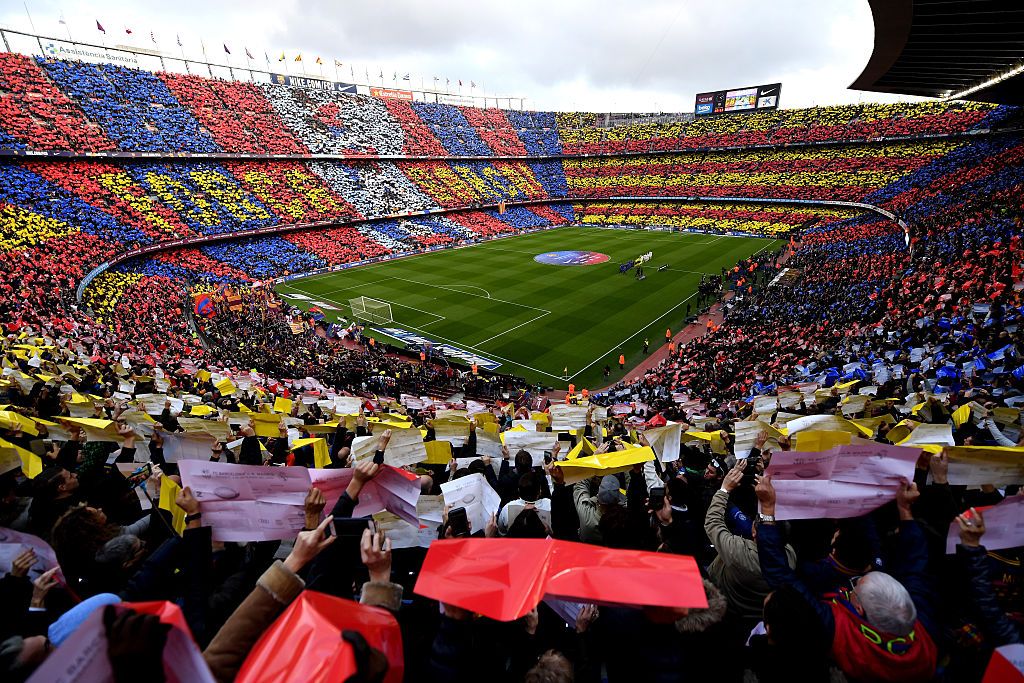
This was felt necessary even though the red and yellow cards placed on each seat also have written instructions on the back, and the whole thing seems pretty self-evident. When it did happen for real, as the players lined up, an extra ‘Welcome to the Catalan Republic’ banner (with the words again in English) appeared near pitch-level. This again seemed aimed more at impressing an international audience rather than annoying the authorities in the Spanish capital.
With 17 minutes and 14 seconds played came the usual ‘independencia’ chants that take place in every game, which were easy enough for even non-Catalan speakers to join in. This was at least some welcome noise as the game took a long while to get going. The only real incidents in the first half were hopeful penalty appeals from each side turned down by referee Carlos Clos Gomez.
Madrid’s star Cristiano Ronaldo was whistled every time he touched the ball, which was not often. Nobody mentioned his current tax issues though, possibly as the Spanish government investigation into his affairs does not help the truth universally acknowledged among Barca fans [and directors] that similar problems suffered by Messi and Neymar are somehow due to a politically motivated conspiracy organised by Madrid president Florentino Perez.
Early in the second half came a roar for Luis Suarez’s opening goal, and still warmer cheers when Andres Iniesta entered as a second half substitute on his return from injury. The atmosphere was quite joyous for a while, as Iniesta orchestrated a period of Barca dominance. Even Neymar and Messi missing simple chances to make it 2-0 and finish the game did not stop the general feeling of wellbeing.
The mood was punctured though by Sergio Ramos’ 89th minute equaliser – with the whole stadium just going numb as the Madrid players piled on top of their captain in celebration. Amid the eerie silence the only audible noise were groans from the 852 journalists, linked to 151 media outlets in 36 different countries, accredited for the game. Their match reports were all being hastily rewritten to say that Zinedine Zidane’s team had, as usual, showed great resilience to equalise at the end and maintain their six point lead in the table.
By the time this reporter had looked up from his laptop all but a few of the 98,485 attendance had left. The streets outside were empty of any atmosphere afterwards, as most supporters had already headed to the city centre for supper. Bars with TVs showing Leganes versus Villarreal near the stadium were all but empty.
Saturday’s events did not change much in the La Liga title race, and its most likely lasting legacy will be as a treasured memory for those who travelled to the Camp Nou from far away. The game did bring together middle-class football fans from all over the world, but it was certainly not a celebration of local Catalan identity.
Catch up with this week’s episode of Football Friday Live:
